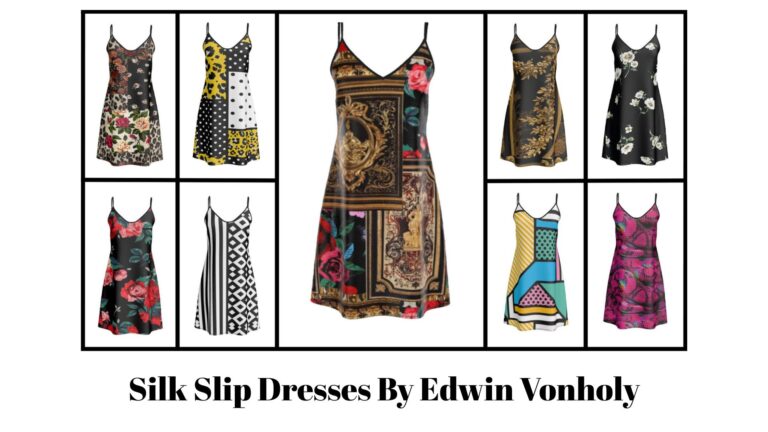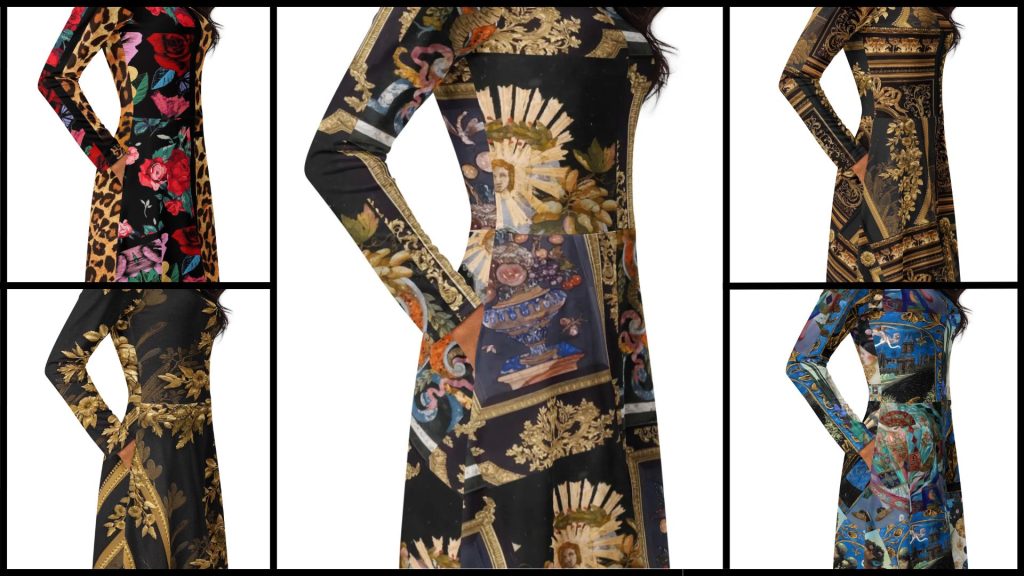A Deep Dive into the Original Blue and Black Dress That Went Viral
In 2015, a simple photo of a dress sparked a global debate and captivated millions of people across the world. Was the dress blue and black, or white and gold? The question divided social media users, celebrities, and scientists alike, and became one of the most iconic viral moments in internet history. In this article, we’ll take a closer look at the original blue and black dress, explore why it became such a sensation, and delve into the science behind the optical illusion that captivated the world.
1. The Origin of the Blue and Black Dress
How the Dress Went Viral
The blue and black dress first appeared on the internet in February 2015 when a woman named Cecilia Bleasdale posted a photo of it on the social media platform Tumblr. She asked her followers to help her decide the true color of the dress, which was worn by her friend for a wedding. The photo quickly went viral after it was shared by various users who saw the dress in different colors, prompting a heated debate that spread across Twitter, Facebook, and other social media channels. The image soon reached global attention, including coverage from major media outlets and even discussions on television.
2. The Dress: A Simple Yet Complex Image
What Made the Dress So Controversial?
The simplicity of the dress — a striped garment with a black and blue pattern — combined with the way it was photographed under certain lighting conditions, created an optical illusion that made the colors appear differently depending on the viewer’s perception. While some saw the dress as blue and black, others swore they saw white and gold. This divergence in perception raised questions about how our brains interpret visual information, especially in ambiguous lighting situations.
The Dress Design: The dress itself was designed by Roman Originals, a UK-based fashion retailer. Despite the debate over its color, the dress itself is made of blue and black fabric, though the image’s lighting and context made it look drastically different to various viewers.
3. The Science Behind the Optical Illusion
Why Do People See Different Colors?
The core of the debate lies in how our brains process colors and light. The photo of the dress was taken in a certain type of lighting that caused some people’s brains to interpret the colors of the dress differently. Factors such as light exposure, background color, and the individual’s own visual processing contributed to this confusion.
Lighting and Color Perception: The photo was taken in a poorly lit environment, which led to color constancy effects. People who saw the dress as white and gold likely interpreted the dress as being overexposed by light, while those who saw it as blue and black perceived the lighting as normal, leading to the recognition of the actual colors of the dress.
Color Constancy: Our brains adjust to lighting conditions, meaning we often perceive colors consistently even under different light sources. However, in the case of the dress, the brain had to make an educated guess about the lighting, leading to different perceptions based on individual visual processing.
4. Psychological and Biological Factors at Play
How Our Brains Handle Ambiguous Visual Information
The difference in perception of the blue and black dress can also be attributed to individual differences in how people process visual information. Factors such as the sensitivity of a person’s eyes, their age, and how their brain interprets light and shadows all play a role. Some individuals are more likely to perceive certain colors based on how their retinas react to light.
Visual Sensitivity: Some researchers have suggested that people who see the dress as white and gold have a more sensitive response to light, while those who perceive it as blue and black may have a tendency to discount the overexposure of the image and rely on their natural color sensitivity.
Cultural and Environmental Influences: Our personal experiences and the environment around us can also influence how we perceive colors. People who are exposed to certain color schemes in their daily lives or who have certain visual habits may interpret ambiguous images differently than others.
5. Why Did It Go Viral?
The Power of Social Media
The blue and black dress debate became viral because it sparked a discussion that everyone could engage in. Social media platforms like Twitter and Facebook saw users posting their own interpretations of the image, with hashtags like #TheDress and #WhiteandGold trending worldwide. Memes, GIFs, and even videos were created to explain or poke fun at the phenomenon, further fueling the debate.
The Viral Spread: The dress controversy was not only a question of color but also a fun and engaging puzzle. It prompted everyone, from casual social media users to scientists, to get involved in the conversation, contributing to its viral nature. The debate grew rapidly due to the sheer number of people trying to answer the mystery of what color the dress really was.
6. Impact on Popular Culture
The Dress in Media and Pop Culture
The viral debate extended beyond social media and became a widespread topic of discussion in popular culture. Celebrities, talk show hosts, and even scientists joined the conversation, adding their own interpretations and theories about the dress’s colors. Television programs like The Ellen DeGeneres Show covered the debate, while articles were published in major media outlets like The New York Times and The Guardian.
Celebrity Engagement: Celebrities like Taylor Swift, Kim Kardashian, and Chrissy Teigen weighed in on the debate, with many posting their own opinions on social media. These high-profile endorsements helped amplify the conversation, making it one of the most talked-about topics of 2015.
Memes and Parodies: The dress became the subject of countless memes and parodies. People took the image and creatively edited it, adding humorous captions or placing it in various pop culture contexts, further cementing its place in internet history.
7. Scientific Explanation and Theories
What Did Scientists Have to Say?
While the viral debate was a fun and lighthearted topic, it also sparked scientific interest. Researchers and scientists studied the phenomenon to understand the psychology and biology behind color perception. Some theories include the idea that the different perceptions were due to individual differences in how light and shadows were interpreted by the brain.
The Role of the Brain in Color Perception: According to color perception scientists, the dress debate highlighted how the human brain uses visual context to perceive color, and how the brain adjusts color perception depending on the environment. The lighting in the photo tricked some people’s brains into interpreting the colors as white and gold, while others saw them as blue and black.
8. The Legacy of the Blue and Black Dress
A Lesson in Perception and the Internet Age
The blue and black dress may have started as a simple viral image, but it became a major cultural and scientific event. It showed us how subjective color perception can be and how a viral moment can unite people from all walks of life around a single, seemingly simple question. It also highlighted the power of the internet and social media in creating global conversations around shared experiences.
Enduring Mystery: Even after the scientific explanations, the image remains a popular topic of discussion and is still referenced today when talking about optical illusions or viral internet phenomena.
9. Conclusion: A Cultural Icon in Its Own Right
The blue and black dress will always be remembered as one of the most famous optical illusions of the 21st century. What started as a simple question about the color of a dress evolved into a global phenomenon that brought people together to explore the mysteries of color perception. While the debate may have settled, the legacy of the dress lives on, reminding us of the complexities of human vision and how the internet can turn a single image into a worldwide conversation.





